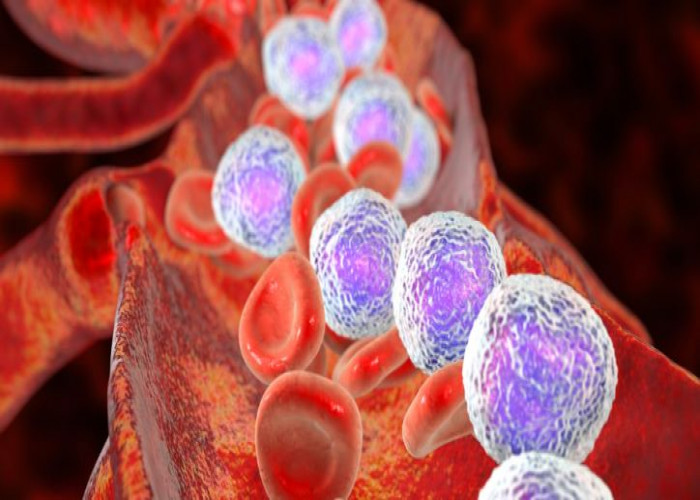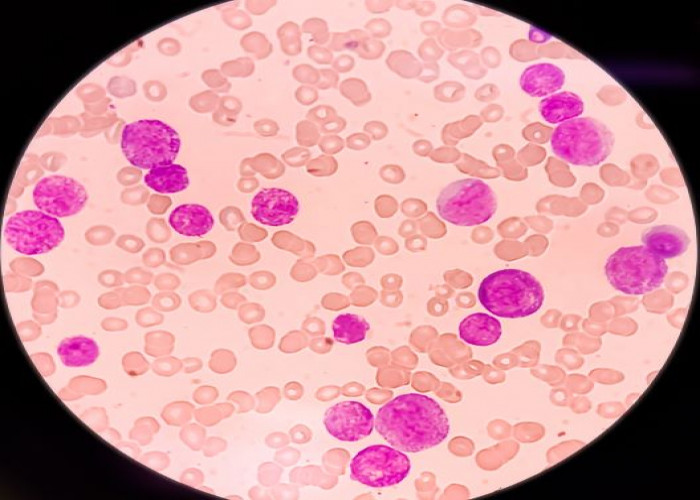 Welcome
Welcome
“May all be happy, may all be healed, may all be at peace and may no one ever suffer."
Acute lymphocytic leukemia
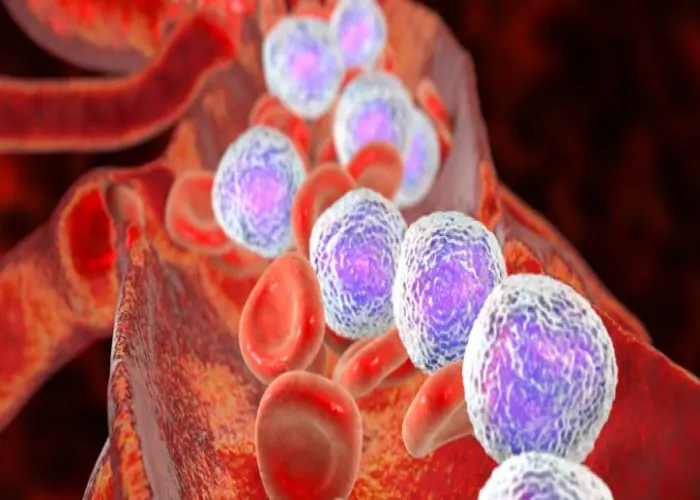
Acute lymphoblastic leukemia (ALL) is a type of cancer that affects the blood and bone marrow. In ALL, the bone marrow produces too many immature white blood cells (lymphocytes), which are cells that normally help the body fight infection. The accumulation of these immature cells in the blood and bone marrow can interfere with the production of normal red and white blood cells and platelets, leading to a range of symptoms and health problems.
Symptoms of ALL may include:
- Fatigue
- Weakness
- Anemia (low red blood cell count)
- Bruising or bleeding easily
- Bone or joint pain
- Swollen lymph nodes
- Recurrent infections
Diagnosis of ALL is typically made through a combination of physical examination, blood tests, and bone marrow biopsy.
Treatment for ALL typically involves a combination of chemotherapy, radiation therapy, and sometimes stem cell transplant. The goal of treatment is to destroy the cancer cells and allow the bone marrow to recover its normal function.
It's important to seek medical attention if you have symptoms of ALL, as prompt and appropriate treatment can lead to a higher likelihood of cure and improved overall health outcomes. The prognosis for ALL can vary depending on a range of factors, including age, overall health, and the specific subtype of ALL, but with appropriate treatment, many people with ALL can achieve long-term remission and lead a full and healthy life.
Research Papers
Disease Signs and Symptoms
- Bleeding from gums
- Weakness
- Shortness of breath (dyspnea)
- Pale skin color (pallor)
- Swollen lymph nodes
- Nose bleeding
- Frequent infections
- Fever
- Bone pain
- Fatigue (Tiredness)
Disease Causes
Acute lymphocytic leukemia
Acute lymphocytic leukemia occurs when a bone marrow cell develops changes (mutations) in its genetic material or DNA. A cell's DNA contains the instructions that tell a cell what to do. Normally, the DNA tells the cell to grow at a set rate and to die at a set time. In acute lymphocytic leukemia, the mutations tell the bone marrow cell to continue growing and dividing.
When this happens, blood cell production becomes out of control. The bone marrow produces immature cells that develop into leukemic white blood cells called lymphoblasts. These abnormal cells are unable to function properly, and they can build up and crowd out healthy cells.
It's not clear what causes the DNA mutations that can lead to acute lymphocytic leukemia.
Disease Prevents
Disease Treatments
In general, treatment for acute lymphocytic leukemia falls into separate phases:
- Induction therapy. The purpose of the first phase of treatment is to kill most of the leukemia cells in the blood and bone marrow and to restore normal blood cell production.
- Consolidation therapy. Also called post-remission therapy, this phase of treatment is aimed at destroying any remaining leukemia in the body.
- Maintenance therapy. The third phase of treatment prevents leukemia cells from regrowing. The treatments used in this stage are usually given at much lower doses over a long period of time, often years.
- Preventive treatment to the spinal cord. During each phase of therapy, people with acute lymphocytic leukemia may receive additional treatment to kill leukemia cells located in the central nervous system. In this type of treatment, chemotherapy drugs are often injected directly into the fluid that covers the spinal cord.
Depending on your situation, the phases of treatment for acute lymphocytic leukemia can span two to three years.
Treatments may include:
- Chemotherapy. Chemotherapy, which uses drugs to kill cancer cells, is typically used as an induction therapy for children and adults with acute lymphocytic leukemia. Chemotherapy drugs can also be used in the consolidation and maintenance phases.
- Targeted therapy. Targeted drug treatments focus on specific abnormalities present within cancer cells. By blocking these abnormalities, targeted drug treatments can cause cancer cells to die. Your leukemia cells will be tested to see if targeted therapy may be helpful for you. Targeted therapy can be used alone or in combination with chemotherapy for induction therapy, consolidation therapy or maintenance therapy.
- Radiation therapy. Radiation therapy uses high-powered beams, such as X-rays or protons, to kill cancer cells. If the cancer cells have spread to the central nervous system, your doctor may recommend radiation therapy.
- Bone marrow transplant. A bone marrow transplant, also known as a stem cell transplant, may be used as consolidation therapy or for treating relapse if it occurs. This procedure allows someone with leukemia to reestablish healthy bone marrow by replacing leukemic bone marrow with leukemia-free marrow from a healthy person.
- A bone marrow transplant begins with high doses of chemotherapy or radiation to destroy any leukemia-producing bone marrow. The marrow is then replaced by bone marrow from a compatible donor (allogeneic transplant).
- Engineering immune cells to fight leukemia. A specialized treatment called chimeric antigen receptor (CAR)-T cell therapy takes your body's germ-fighting T cells, engineers them to fight cancer and infuses them back into your body.
- CAR-T cell therapy might be an option for children and young adults. It might be used for consolidation therapy or for treating relapse.
- Clinical trials. Clinical trials are experiments to test new cancer treatments and new ways of using existing treatments. While clinical trials give you or your child a chance to try the latest cancer treatment, the benefits and risks of the treatment may be uncertain. Discuss the benefits and risks of clinical trials with your doctor.
Treatment for older adults
Older adults, such as those older than 65, tend to experience more complications from treatments. And older adults generally have a worse prognosis than children who are treated for acute lymphocytic leukemia.
Discuss your options with your doctor. Based on your overall health and your goals and preferences, you may decide to undergo treatment for your leukemia.
Some people may choose to forgo treatment for the cancer, instead focusing on treatments that improve their symptoms and help them make the most of the time they have remaining.
Disease Diagnoses
Disease Allopathic Generics
Disease Ayurvedic Generics
Disease Homeopathic Generics
Disease yoga
Acute lymphocytic leukemia and Learn More about Diseases
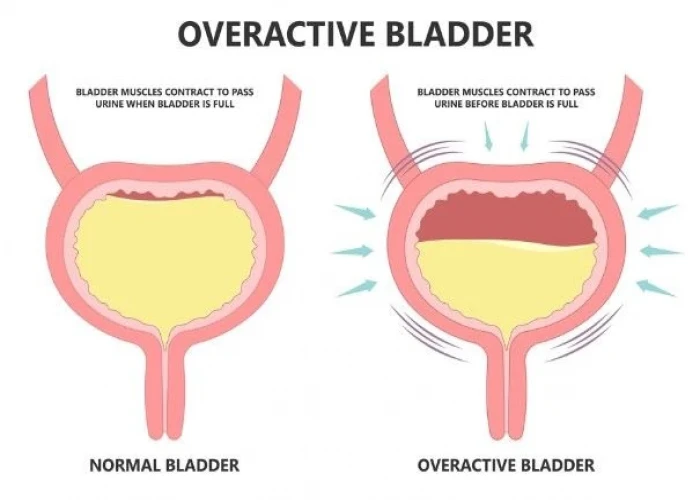
Overactive bladder

Marfan syndrome

Reactive arthritis

Borderline personality disorder

Broken ribs
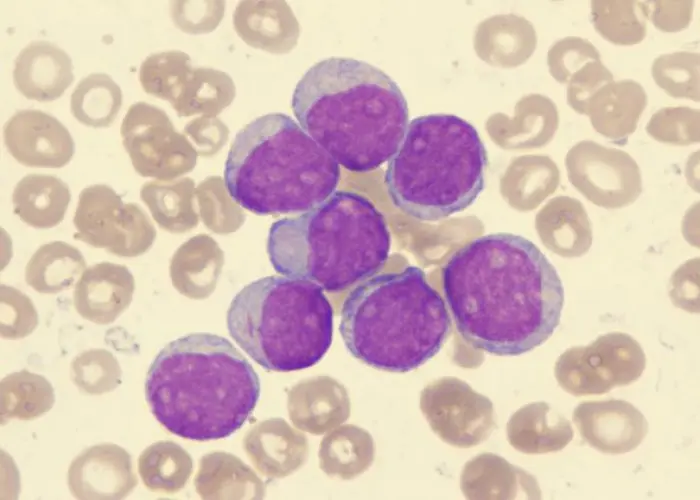
Acute myelogenous leukemia

Myelodysplastic syndromes

Tapeworm infection
Acute lymphocytic leukemia, Lymphoblastic leukaemia, T cell all, তীব্র লিম্ফোসাইটিক লিউকেমিয়া
To be happy, beautiful, healthy, wealthy, hale and long-lived stay with DM3S.
